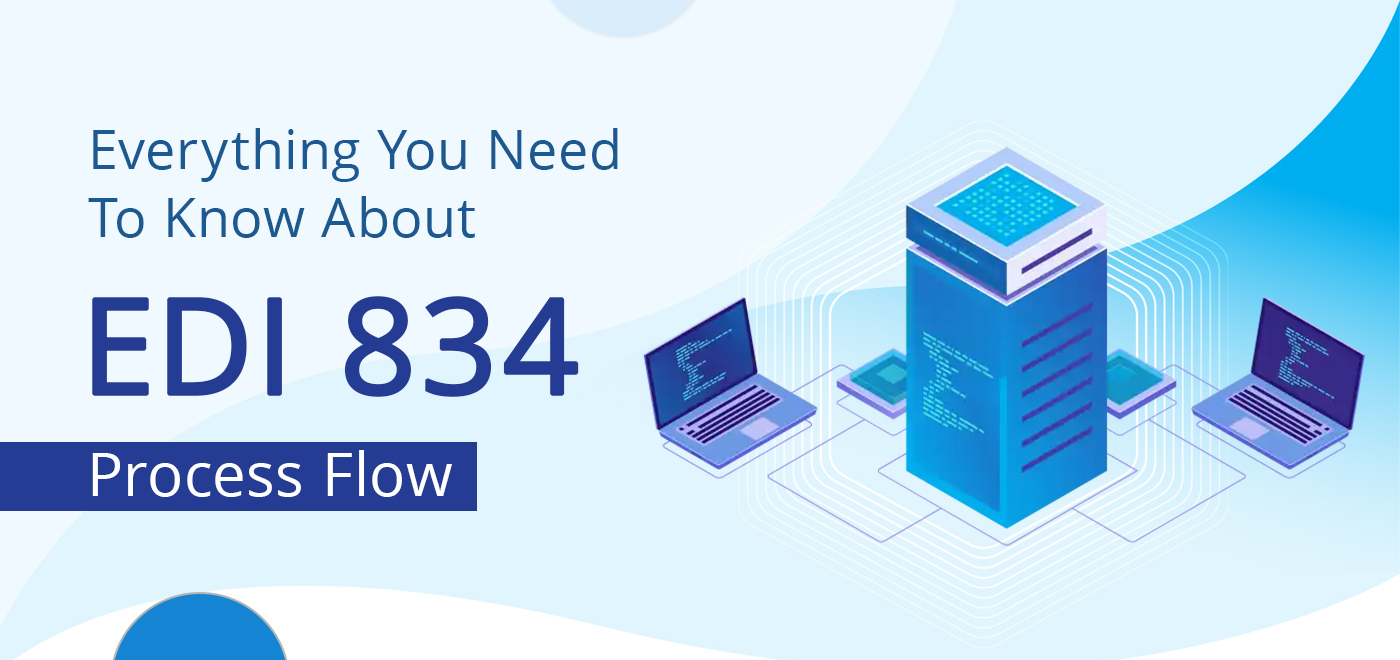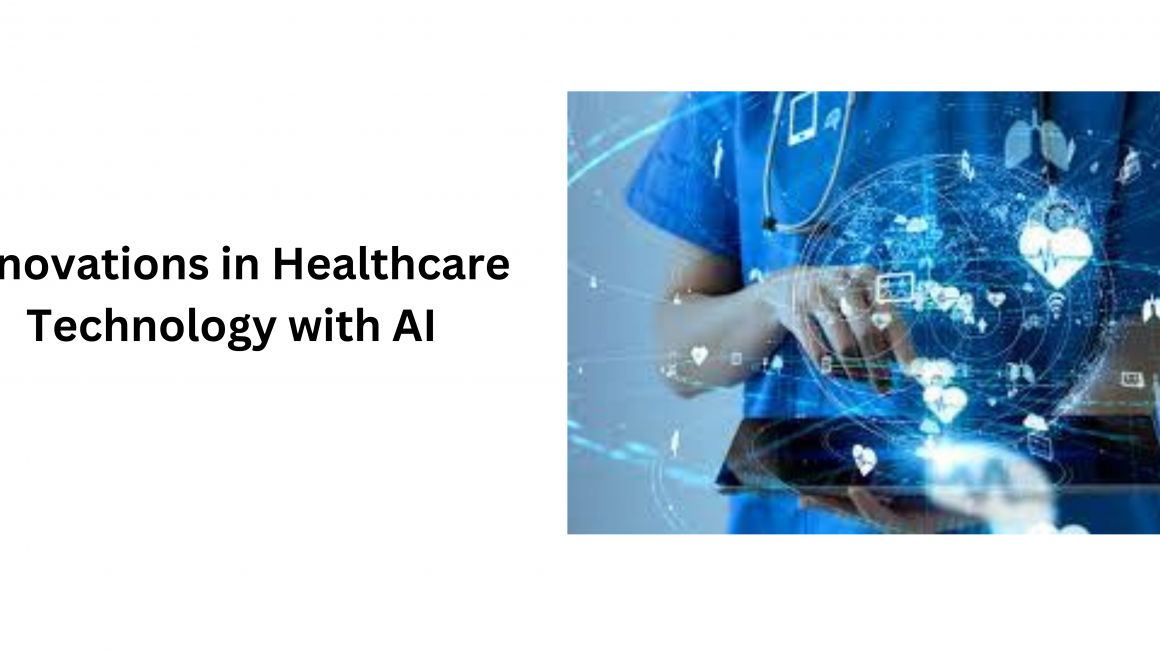Brief on Electronic Data Interchange (EDI)
In the business world, EDI considerably makes things easier and faster. For one thing, it standardizes all electronic documents to look the same, whether they’re bills, orders, or shipping documents. Besides, no matter where a business is or what system it uses, EDI helps to keep things running smoothly.
In addition, EDI 834, also known as the Benefits Enrollment and Maintenance Document, is a game-changer in healthcare. It helps businesses share employee benefits information, like new enrollments or terminations, with healthcare organizations.
Moreover, it makes handling healthcare benefits easier and more automatic. It makes sure the right information gets to the right place at the right time. Besides, from changing a member’s address to a full benefits enrollment, EDI handles.
EDI keeps all parts of the benefits process working well together. It gets rid of mistakes and makes things faster, making it a must-have in healthcare. It has changed the way we manage benefits in healthcare. By understanding how it works, we can see how it makes data exchange easier and helps healthcare providers do their jobs better. So, whether you’re in the healthcare industry or just interested, learning about electronic data interchange shows you how technology can make our lives easier and better.
Introduction to EDI 834
What, exactly, is the main job of EDI? Primarily, it aims to cut out mistakes made by people and simplify benefits management. You can picture it as an online messenger, one that securely sends your signup or ending requests to your healthcare provider. Furthermore, just like the best delivery service, it is also quick, precise, and dependable.
In addition, it isn’t limited to interactions with health insurance providers. Indeed, it’s crucial for bosses, government bodies, and others tasked with handling benefits. Beyond that, from an employee’s first workday to their retirement, EDI meticulously tracks their benefits journey. Besides, essentially, think of it as a digital helper, carefully noting every change, update, or ending and ensuring that the correct information always reaches its intended destination.
EDI 834 – Key Components
Header Information
Think of the header information as the label on the filing cabinet. It tells who sent and received the 834 EDI File. It includes a tracking number and says when it was made.
Member Information
Visualize a detailed card for each worker. This part holds important details such as name, address, birthday, gender, and work specifics. It’s like a complete ID card for each member.
Benefits Enrollment Information
Next, let’s dive into the main topic – the benefits. This part has all the signup details, like benefit start and end dates, and specifics about the kind of benefits, like health, teeth, vision, and others.
Maintenance Type
This section is the manual for the EDI File. It tells the receiver what to do – whether it’s to add new signup, change existing details, or end a benefit.
Together, these parts form the base of the EDI 834 document. They work like a well-tuned engine, each part playing a vital role in ensuring spot-on and efficient benefits management.
Lastly, to put it simply, EDI isn’t just a bundle of codes or a dull IT term. It’s the quiet hero behind the scenes, making life simpler for everyone involved in the benefits management process. Understanding its purpose and parts helps us value its input and help the healthcare field. And keep in mind the next time your health benefits change, it’s the EDI document doing its magic out of sight.
EDI 834 in the Healthcare Industry
EDI 834: A Helping Hand in Benefits Enrollment and Maintenance
In the fast-paced health sector, reliable and timely information is crucial. Healthcare benefits keep changing, and keeping up with these shifts can be tough. This is where the 834 EDI Transaction comes in handy, offering a streamlined answer.
What’s more, EDI is a standard way of sharing health plan enrollment information electronically. Employers and health insurance providers use it. It’s a key player in managing benefit enrollment and maintenance. Besides, this document has vital data like the enrollee’s name, ID details, policy number, and benefits specifics. It helps health organizations keep accurate records. It makes sure individuals get the benefits they’re due.
To make it simpler, consider EDI a trustworthy postman. As a postman delivers your letters to the right address on time, it ensures important benefits information gets to the right place promptly and correctly.
Efficiency of EDI 834
Now, let’s talk about HIPAA EDI 834 efficiency. Its strength lies in its ability to manage benefits enrollment and boost health organizations’ operational efficiency.
Before, managing benefits and health plan information was labor-heavy and prone to errors. Mistakes in data entry, double efforts, and a lot of paperwork often led to costly errors and delays. Also, the EDI Transaction has dramatically decreased these issues.
EDI transactions allow for smooth data transfers with fewer error chances. Imagine upgrading from snail mail to instant email. Besides, the time saved and fewer errors result in more effective operations and cost savings. This is proof of the transformative effect EDI has had on healthcare operations.
EDI 834 Process Flow
Steps of the EDI 834 Process Flow
To truly appreciate the usefulness and effectiveness of the EDI process, it’s best to step through it like you’d tour an unfamiliar town. EDI, in simple terms, is a trusty compass guiding data between healthcare providers and insurance companies. Its primary aim? To make sure that these solutions are carried out right and fast.
As a result, the receiver’s EDI translator then enters, deciphering the data and sending it to the right application or database. Every employer allows a set rhythm and order, making sure the correct data lands at the correct place at the correct time who changes barely any room for mistakes.
Role of EDI 834 in Data Exchange
Imagine EDI 834 as a strong bridge linking two sides. On one side, we have the employer or benefits management system, brimming with crucial enrollment data. On the other hand, we find the insurance company waiting for this data to offer the necessary coverage. EDI forms the dependable bridge that ensures easy and secure data transfer between these two groups.
In addition, EDI’s importance doesn’t stop there. It also helps in avoiding double data entries and helps healthcare groups meet legal standards. Besides, it allows real-time data sharing, making sure that changes in enrollments are communicated and put in place right away. Thus, it is a key player in healthcare data sharing, transforming open enrollment solutions and making things simpler for both healthcare providers and beneficiaries.
Understanding EDI 834 Transactions
Kinds of EDI 834 Transactions
It is a multi-use tool in healthcare’s complex network. One key operation that EDI simplifies is enrollment. It paves the way for an easy, streamlined method of signing up individuals for a healthcare plan. Whether a fresh hire at a company or a present employee changing plans, it ensures the enrollment is smooth and free from mistakes.
Life brings changes, and so do changes in healthcare coverage. EDI is ready to manage transactions linked to changes in benefit enrollment. Whenever there’s a shift in a member’s status, like marriage, the birth of a child, or a change in job, it helps update coverage details smoothly.
Lastly, what about when someone needs to cancel their coverage? 834 EDI handles that as well. Besides, during a coverage termination, it guarantees the termination data is securely and correctly passed on to the carrier.
Structure of Transaction Sets
To grasp how EDI manages these diverse operations, we need to decode its transaction set structure. The transaction set, in line with HIPAA standards, resembles a well-planned city with its neat and organized layout.
First, each section of this city, or transaction set, serves a specific role. The ‘Header’, or the city’s entrance, holds information that identifies the sender and receiver. It also has control data, such as the date and time of exchange.
Second, as we proceed, we encounter the ‘Detail’ segment. This is where individual transactions live, much like a bustling city center. This segment contains crucial details about the member and the relevant operations, such as sign-up or termination information.
Lastly, we reach the ‘Summary’, or the city’s exit. This part holds control totals, acting like final checks before the data depart the city. It confirms that the outgoing data aligns with the incoming data.
In short, the transaction set structure is a well-arranged, well-organized design that guarantees smooth and accurate transactions. As we continue to examine the EDI 834 Service Providers landscape, we start to appreciate its key role in improving healthcare data handling.
Challenges and Solutions in Implementing EDI 834
Common Problems
Working with EDI can at times feel like solving a tricky puzzle. The first hitch lies in knowing its format. Picture it as grasping a new language; it’s rich, full, and has lots of nuances. Firms may find learning it a tough climb.
Next, there’s the hurdle of mixing it in. Picture trying to fit a square shape into a round hole. At times, a firm’s current technology may not be fully integrated with the software. This mismatch can cause hitches during its launch.
Moreover, data precision is a wall that can’t be overlooked. Imagine a cook baking a cake with the wrong measures; the cake probably won’t taste good. In the same way, data entry mistakes can weaken the power of EDI, causing hitches in benefits registration.
Solutions and Best Practices
However, don’t fret, as each dark cloud has a silver edge. Let’s highlight a few fixes and good habits to beat these hitches.
To beat the hitch of knowing the EDI format, it’s key to pour into learning. Picture it as learning to ride a bike; it may be tough at first, but once you master it, it’s a breeze. Learning helps users know the fine points of EDI, making it simpler to launch.
To keep accuracy, regular checks and cross-checks can be done. Putting in place checks and balances can spot mistakes and correct them in a timely way.
While initiating EDI may initially appear as a challenging task, these hiccups can undoubtedly be overcome with the appropriate steps and solutions. Furthermore, once mastered, the format holds the potential to revolutionize benefits registration and maintenance, leading to seamless operations and amplified efficiency within the healthcare sector. Besides, as we’ve previously noted, the journey toward launching EDI may be fraught with difficulty, yet the end goal undeniably justifies the effort.
EDI 834’s Future
Our current digital age makes us wonder what’s next for tech tools like EDI 834. Here, we’ll go through the changes to come and what it means for the future.
Over the past while, EDI has changed from a simple tool into something special for healthcare. Imagine it like a caterpillar changing into a butterfly. Here, the butterfly is a symbol of a healthcare industry that works well.
Looking ahead, 834 EDI has a lot of promise. Imagine a big, empty canvas ready to be painted. As we push forward, we’ll see more smart tools working with EDI. Besides, picture it like a soccer team, where each player has a job to do. EDI, along with these smart tools, can lead to smarter choices, better patient care, and smooth operations.
EDI will also likely move forward in automation. Also, when paired with automation, it is like a skilled artist. It paints a picture of a smooth, effective healthcare industry.
Lastly, as healthcare moves more toward focusing on the patient, we can expect EDI to keep up with this trend. EDI could help make care plans more personal, accurate, and efficient.
So, what’s the future of EDI? It’s a bright one. It acts like a guiding light, leading the healthcare industry toward smoother operations and patient-focused care. The journey of change isn’t over, and the potential for the future is big. This makes EDI a key player in the unfolding story of digital healthcare. As we move ahead, we can expect it to keep changing and growing, helping shape the future of healthcare.
Conclusion
We kicked off our journey by getting to grips with the crucial part EDI plays in benefits sign-up and upkeep. It directs healthcare benefits management, promising neat and effective management.
Our journey took us through the steps of the EDI workflow. Every step, a vital wheel in the EDI machine, helps to create a system that’s as in tune as an orchestra, where each note matters.
So, we then dove into the realm of EDI transactions. Each kind serves its own goal. It’s like a bunch of keys, each one opening a different door to smooth healthcare management.
We looked at the issues and fixes around putting EDI into action, unveiling the bumps in the road and how to get past them. This part of our trip acted as an experienced guide, lighting the path in the face of hurdles.
Lastly, here we are, having reached the conclusion of our journey. Yet remember, akin to the final chapter in a book, this wrap-up doesn’t signify an absolute end. Instead, it’s merely a pause, a momentary halt before the narrative continues to unfold. With Toporgs at the helm, it’s set to steer the tale forward into the subsequent phases of the healthcare overhaul.
FAQs
What’s EDI 834, and why should we care?
Fundamentally, EDI is an electronic data exchange format, which is constructed specifically with the purpose of enrolling and maintaining healthcare benefits in mind. Its role? Absolutely crucial! It’s like the heart of healthcare data management. It simplifies data sharing, cuts down on errors, and paves the way for a smoother benefit enrollment process.
What bumps might we hit while setting up EDI 834?
Just as every journey inevitably experiences hiccups, similarly, there might be potential challenges to face when embarking on the task of setting up EDI. These could include data translation complexities, safeguarding data privacy and security, and making sure data is transmitted without mistakes.
What makes up an EDI 834 document?
Think of the EDI document as a puzzle, with each piece vital to the final picture. Important pieces include sender and receiver info, details about the people enrolled, and specifics about the chosen health plan.
How does EDI 834 boost efficiency in healthcare?
The Electronic data interchange is like the superhero of healthcare. Its superpower? Boosting efficiency! It does this by making the enrollment process digital and standardized, reducing errors, saving time, and smoothing out data exchange.
What lies ahead for EDI 834?
The future of Electronic data interchange is as thrilling as a trailer for a much-awaited movie. Its potential to transform healthcare data exchange is growing as technology advances. It promises more efficient, secure, and speedy processes, setting the stage for a future where benefit enrollment is easy and almost effortless.




